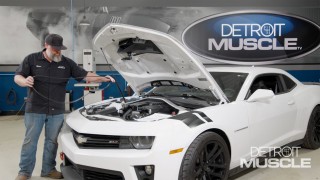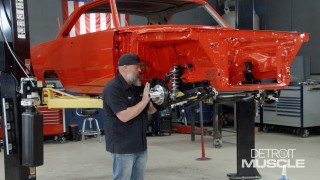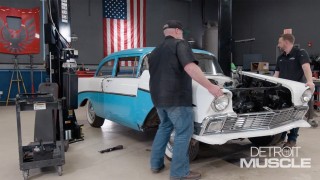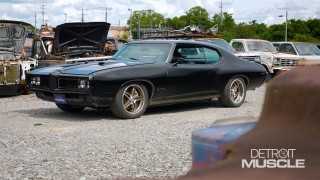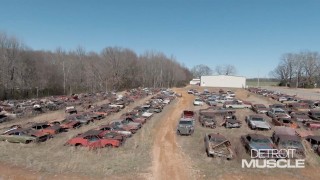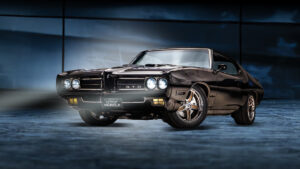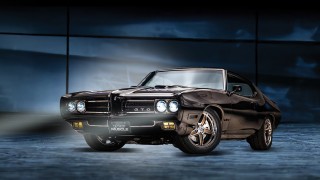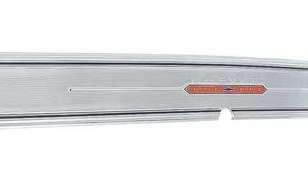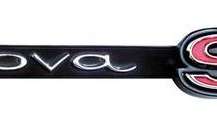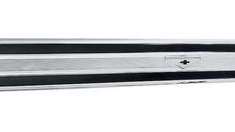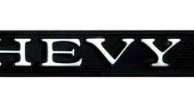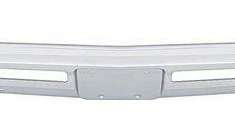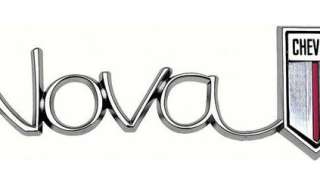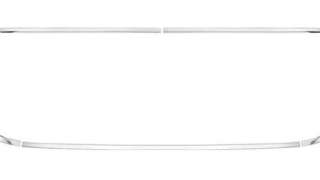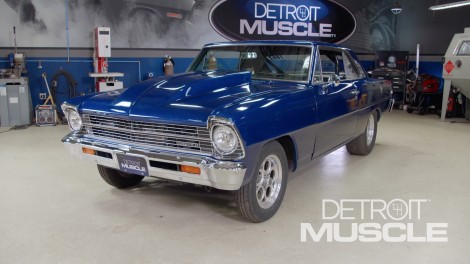
Super Nova Swap
Drag Strip Swap – Tommy and Joel elevate the curb appeal of an old 1967 Chevy Nova race car, showing you how to swap out some shiny stuff, which includes new bumpers and trim, as well as beef up the fire suppression system to get it looking cool and staying cool.
Season 10
Episode 15
Hosts: Tommy Boshers, Joel McMillan
First Air Date: October 16, 2023
Duration: 21 minutes 27 seconds

